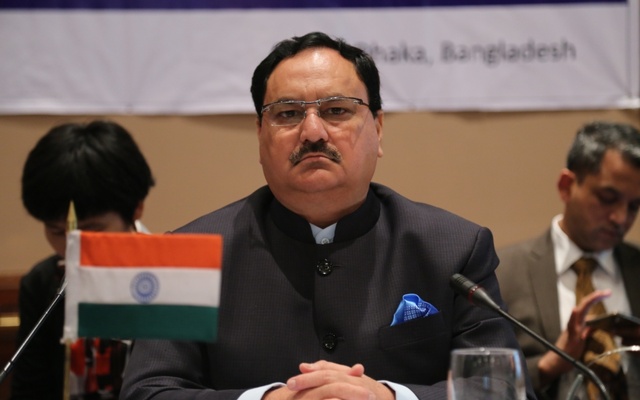
Health Ministry makes the move to cap medical education fee
Decision has been taken by the Ministry of Health and family Welfare for a policy initiative that will set an upper limit on the fee charged by medical colleges in India-in both the private and government sectors. The idea of capping the fee comes as part of an amendment to the Indian Medical Council Act that’s hoped to be cleared in the next Parliament session.
Presently, a cap of $1,20,000 is set for the fee that the medical colleges in India charge from NRI students. As for the average fee charged for MBBS courses by medical colleges, it’s said to be about Rs.50 Lakhs. As per sources, the cap on fee for any year is to be fixed on an annual basis either by the MCI or-if it’s replaced by another body, by that entity.
The major issue that prompted such an initiative, of course is the fact that many private colleges levy fee as and per their wish-to the point that it alienates many a deserving but underfunded talent. And then, there’s also the well-known issue of huge capitation fee that private medical colleges charge for students who enroll under the management quota.
The decision for amending the Indian Medical Council Act bill came once a Parliamentary Standing Committee reviewed the ways in which clearances were given for medical colleges. The committee came down strongly on the MCI, criticizing it for focusing on licensing medical colleges at the expense of ethics. It’s in this context that the proposal was made to instigate two separate mechanisms-one to regulate the doctor’s ethical code and another to help put medical education in order.
After reviewing the widely disparate fee structures that come under different quotas in both private and state-run medical colleges, a high level committee was formed by the Prime Minister’s office. The Niti Ayog Chairperson headed committee has already submitted a draft recommendation to the PMO. And the draft MCI Amendment Bill has come through as a direct result of the committee’s recommendations.
The Niti Ayog report, in fact, proposes nothing less than a totally new regulatory structure. One that involves a Medical Advisory Council with representation from states and union territories.
In other words, the sail may turn in a completely different direction if the winds of change blow.
Image credits: bdnews24